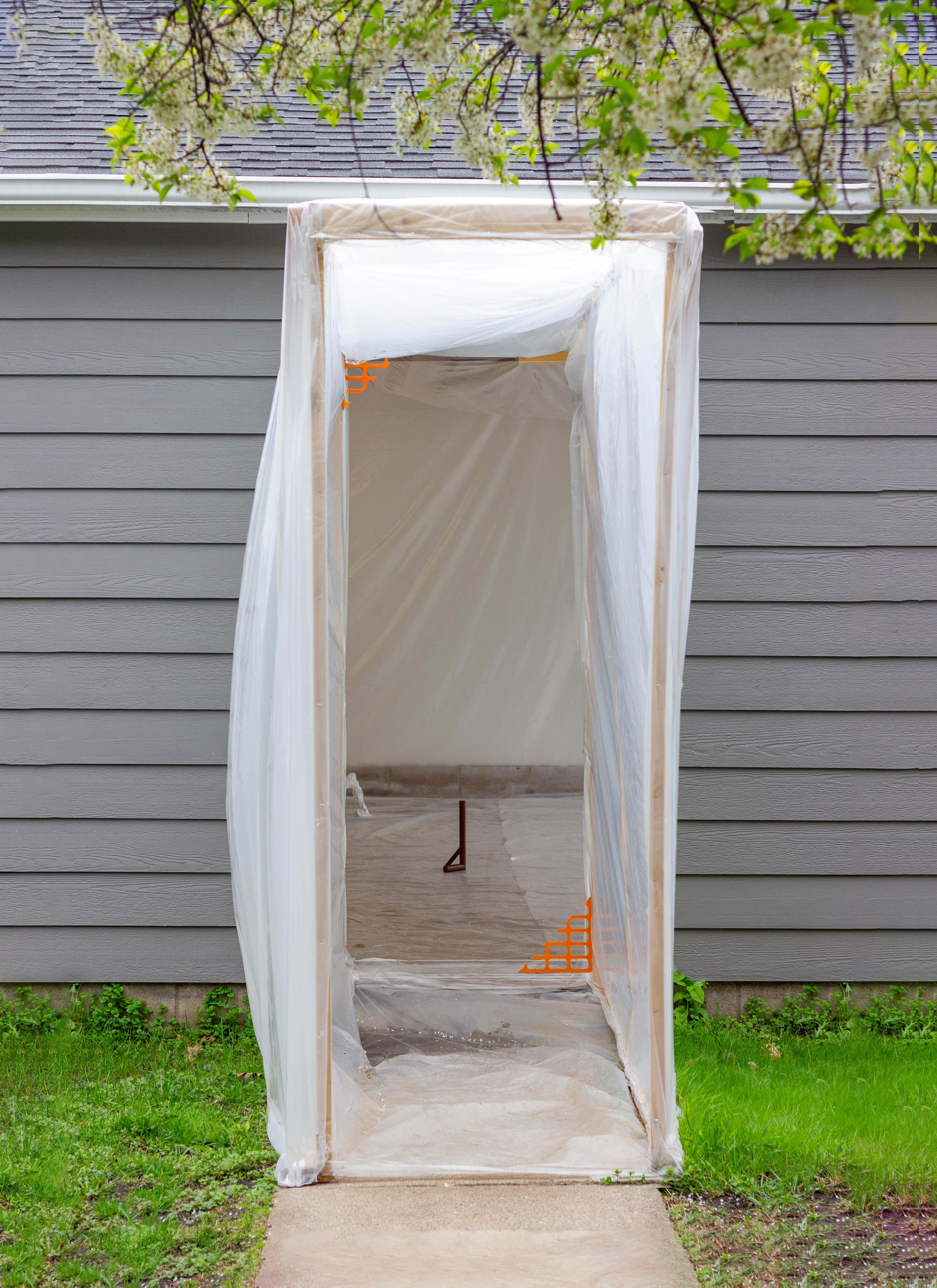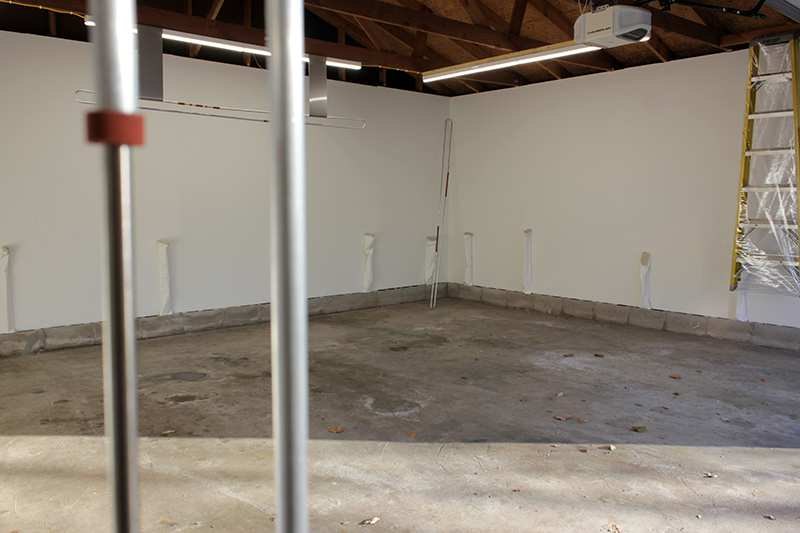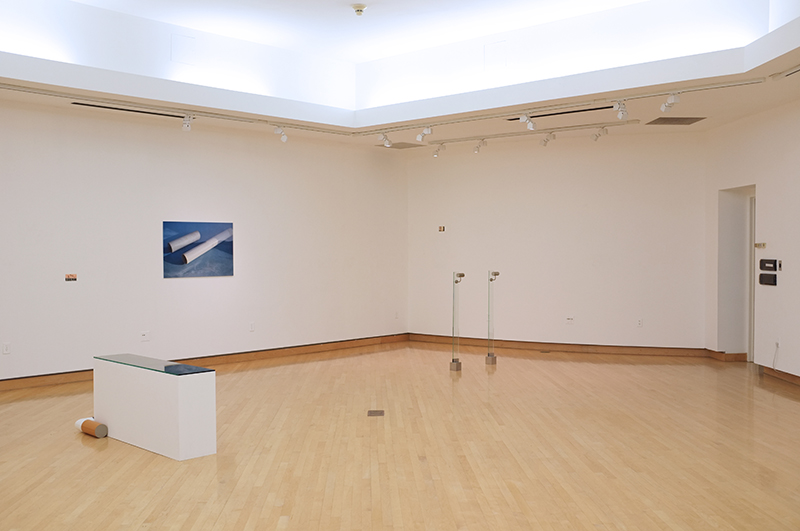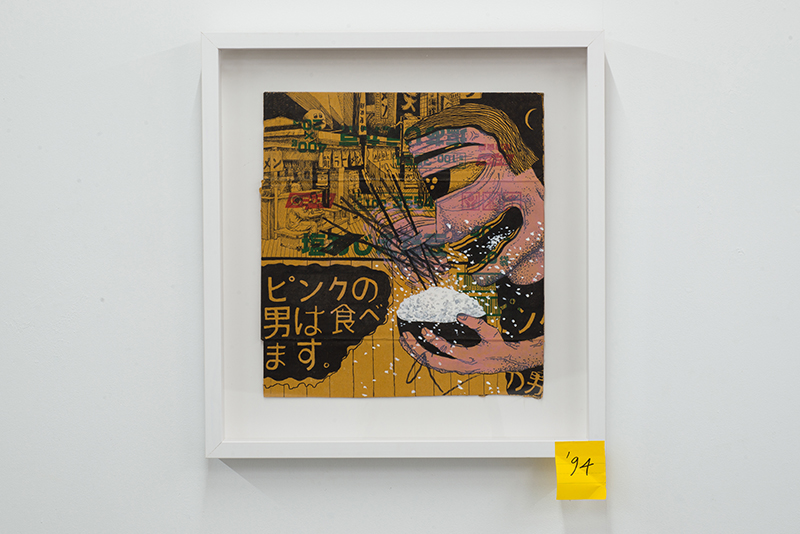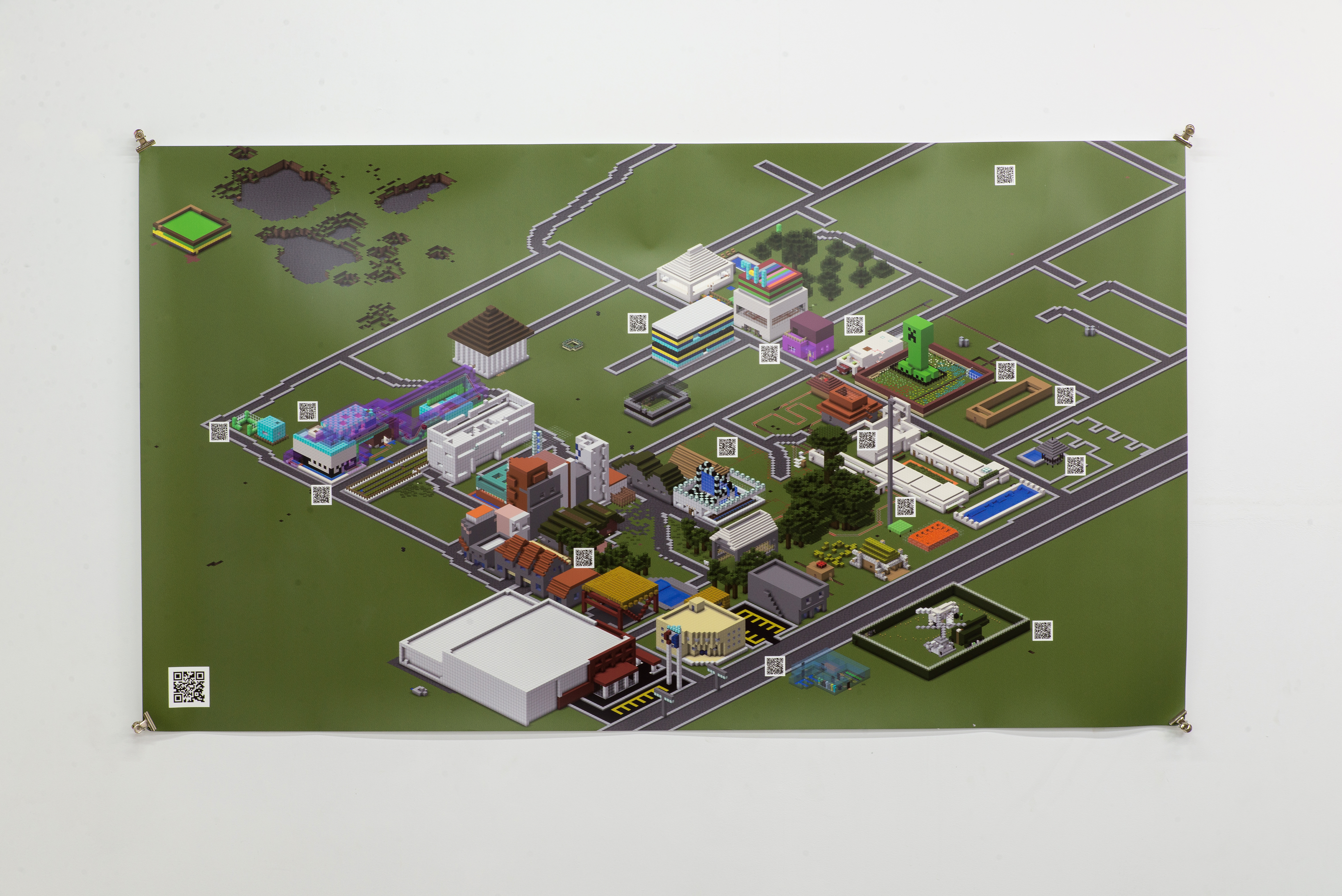FOGSTAND
Gallery & Studio
GOODBYE!
漢 ︎︎︎ EN
Contact ︎︎︎ 聯絡
Support ︎︎︎ 贊助
About ︎︎︎ 關於
Exhibition
Archive ︎︎︎ 歷年
Artist ︎︎︎ 藝術家
Workshop ︎︎︎ 工坊
Residency ︎︎︎ 駐村
News ︎︎︎ 新聞
Shop ︎︎︎ 販售
Gallery & Studio
GOODBYE!
漢 ︎︎︎ EN
Contact ︎︎︎ 聯絡
Support ︎︎︎ 贊助
About ︎︎︎ 關於
Exhibition
Archive ︎︎︎ 歷年
Artist ︎︎︎ 藝術家
Workshop ︎︎︎ 工坊
Residency ︎︎︎ 駐村
News ︎︎︎ 新聞
Shop ︎︎︎ 販售
FOGSTAND Gallery & Studio is a nonprofit art space and creative education centre. The space is temporarily closed.
This website has served as an online archive since 2024.
©2014-2025
FOGSTAND Gallery & Studio. All rights reserved.



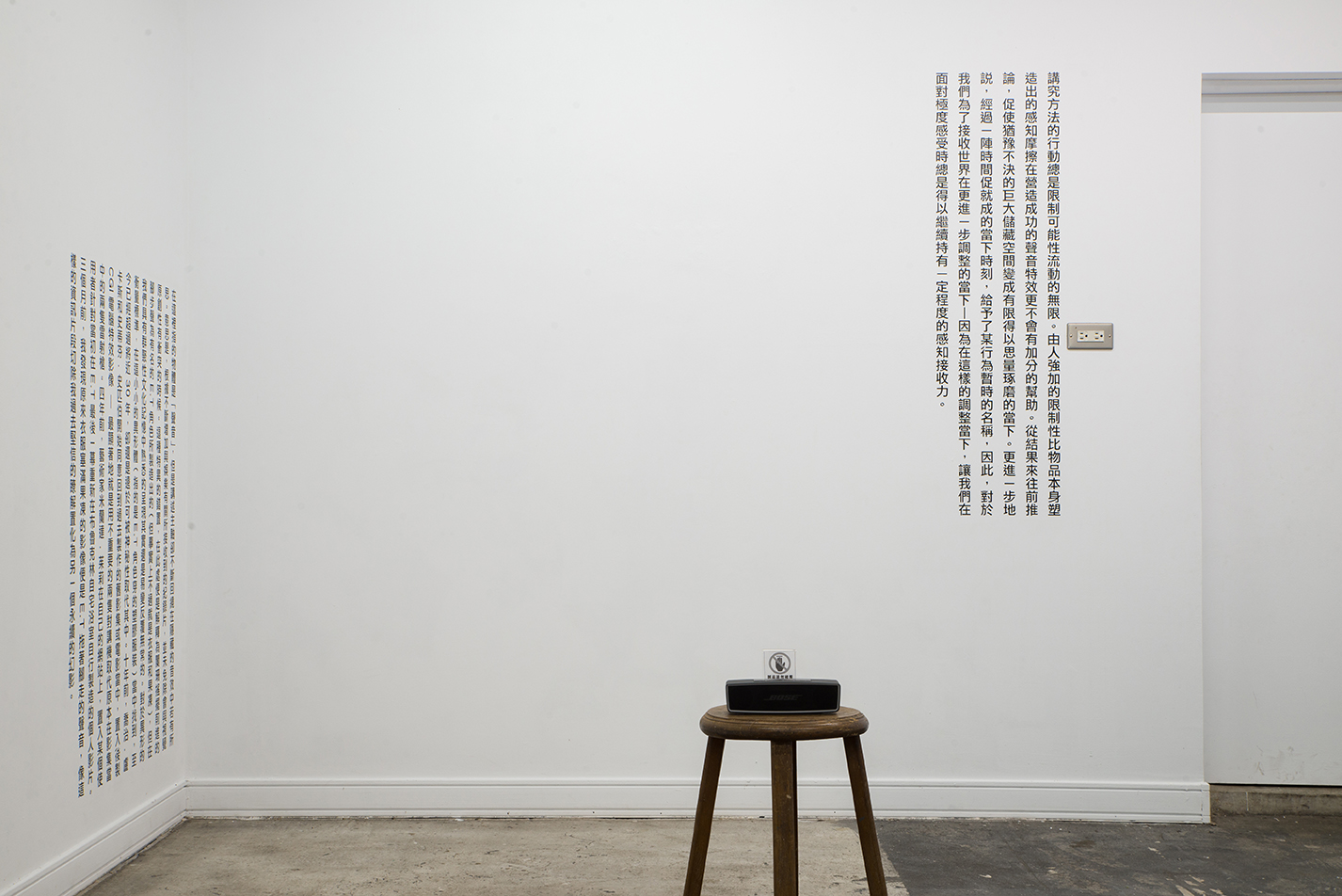



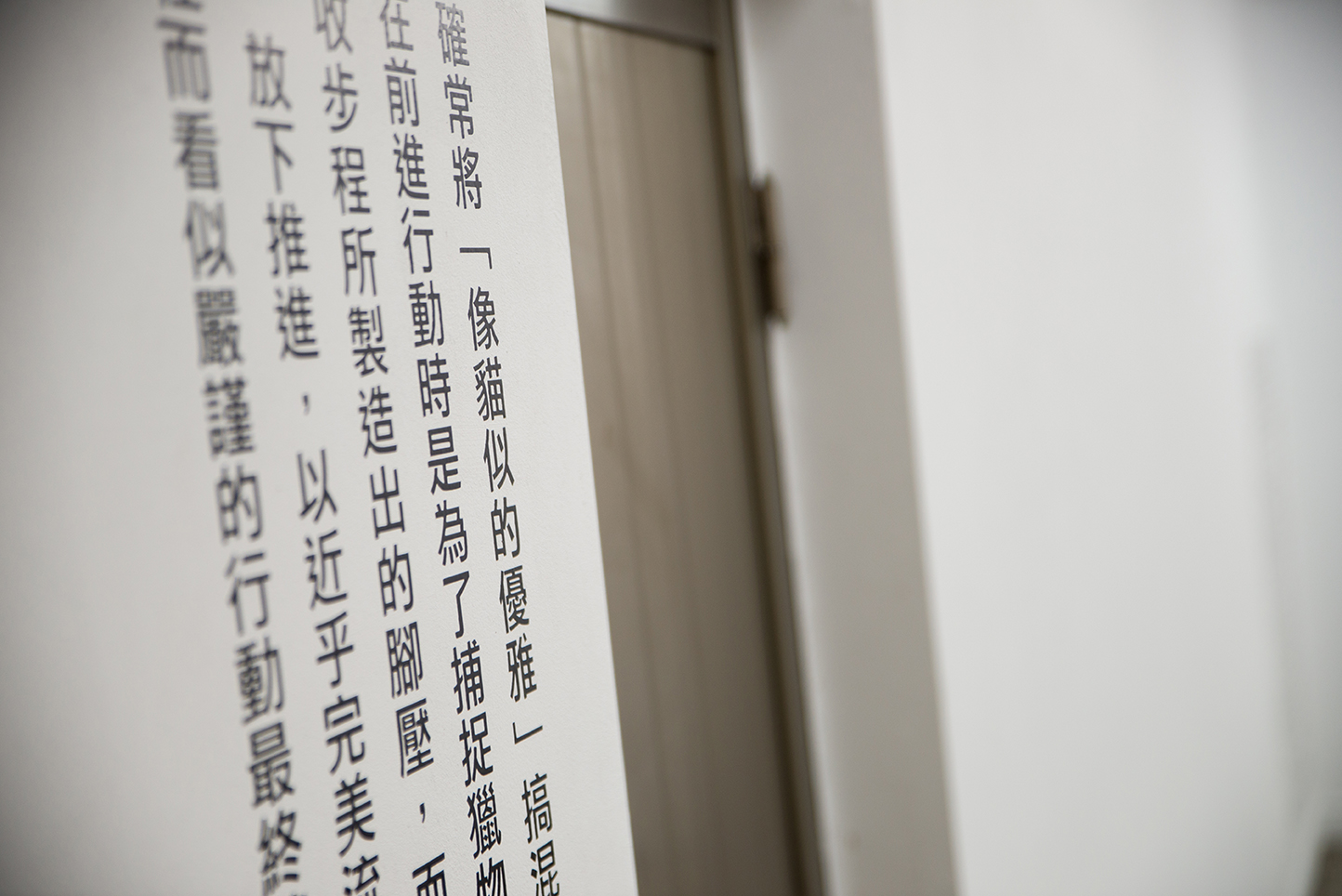




Exhibition on view: 02/04 - 03/19/2017
Opening : 02/04/2017, 1-5pm
Venue: FOGSTAND @ Hualien, Taiwan
Opening : 02/04/2017, 1-5pm
Venue: FOGSTAND @ Hualien, Taiwan
FOGSTAND Gallery & Studio is excited to announce WHERE YOU GO I GO TOO: Field Recording as Cartography, a sound installation drawn from our most recent Guerrilla Language Workshop.
WHERE YOU GO I GO TOO continues to build on FOGSTAND’s interest in place making/unmaking by attempting to re-engage the identity of aboriginal language through the concepts and methods of current art practices. Although difficult and atypical, it is rewarding to see how contemporary art’s struggle with self-definition can inspire the definition of indigenous identity, by and for the indigenous community.
While past Guerrilla Language Workshops employed methods such as Cut-Ups and Readymades, WHERE YOU GO I GO TOO drew its inspiration from the practice of field recording, namely Foley Artists, known to most as those responsible for creating sound effects in popular movies and video games. While field recording has a rich tradition of preserving traditional culture, the Foley artist as field recording artist is more pervasive and invisible. So in order to fuse the two practices together, FOGSTAND held a month long project that sought to highlight the sounds that go on to identify Jia-Li village. It is often easier and more urgent to think of a town needing a visual map (google) in order to aid in people, both inside and outside, accessing and/or exiting a town. However, we often forget to think how sound plays a vital role in the understanding of a location. So, with the help of the local residents of Jia-Li village, FOGSTAND created an audio map of Jia-Li village.
By utilizing professional sound recording and editing equipment/software, the workshop took participants out into their village in order to capture a diverse selection of field recordings. Beyond simply recording the sound of, say, a hum of an air conditioner, the participants were also required to fill out a form that catalogue the location of the sound, time of recording, the type of sound (natural or man-made), frequency of sound (continuous or only once a day) and other important information. The result will be an enjoyable and informative sampling of the ambiance that makes the audio of Jia-Li’s visual presentation. In addition, and in keeping with the Foley artist, the separation of sound from site will result in some sounds seeming entirely alien without context, or some will accurately evoke an image of the site.
︎︎︎ 漢
WHERE YOU GO I GO TOO continues to build on FOGSTAND’s interest in place making/unmaking by attempting to re-engage the identity of aboriginal language through the concepts and methods of current art practices. Although difficult and atypical, it is rewarding to see how contemporary art’s struggle with self-definition can inspire the definition of indigenous identity, by and for the indigenous community.
While past Guerrilla Language Workshops employed methods such as Cut-Ups and Readymades, WHERE YOU GO I GO TOO drew its inspiration from the practice of field recording, namely Foley Artists, known to most as those responsible for creating sound effects in popular movies and video games. While field recording has a rich tradition of preserving traditional culture, the Foley artist as field recording artist is more pervasive and invisible. So in order to fuse the two practices together, FOGSTAND held a month long project that sought to highlight the sounds that go on to identify Jia-Li village. It is often easier and more urgent to think of a town needing a visual map (google) in order to aid in people, both inside and outside, accessing and/or exiting a town. However, we often forget to think how sound plays a vital role in the understanding of a location. So, with the help of the local residents of Jia-Li village, FOGSTAND created an audio map of Jia-Li village.
By utilizing professional sound recording and editing equipment/software, the workshop took participants out into their village in order to capture a diverse selection of field recordings. Beyond simply recording the sound of, say, a hum of an air conditioner, the participants were also required to fill out a form that catalogue the location of the sound, time of recording, the type of sound (natural or man-made), frequency of sound (continuous or only once a day) and other important information. The result will be an enjoyable and informative sampling of the ambiance that makes the audio of Jia-Li’s visual presentation. In addition, and in keeping with the Foley artist, the separation of sound from site will result in some sounds seeming entirely alien without context, or some will accurately evoke an image of the site.
︎︎︎ 漢






















